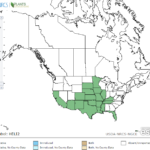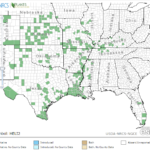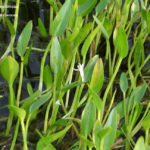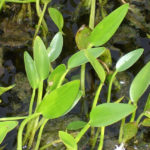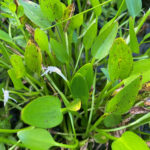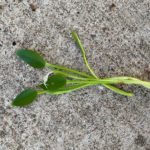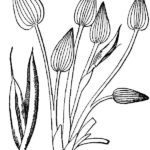Heteranthera limosa
USDA, NRCS. 2018. The PLANTS Database (http://plants.usda.gov, 28 March 2018). National Plant Data Team, Greensboro, NC 27401-4901 USA.
Illustration: USDA-NRCS PLANTS Database / Britton, N.L., and A. Brown. 1913. An illustrated flora of the northern United States, Canada and the British Possessions. 3 vols. Charles Scribner’s Sons, New York. Vol. 1: 464.
What is Mud Plantain?
Physical Characteristics
Leaves:
- Egg or sword-shaped
- Up to 3 inches long, but usually shorter
Flowers:
- 1 flower
- White or purpleish-blue in color
Stem:
- Long
- Creeping
- Rooting at nodes
Where Does it Grow?
Mud plantain can be found rooted in mud around ponds or in tanks.
Pros and Cons of Mud Plantain
Submerged portions of all aquatic plants provide habitats for many micro and macro invertebrates. These invertebrates in turn are used as food by fish and other wildlife species (e.g. amphibians, reptiles, ducks, etc.). After aquatic plants die, their decomposition by bacteria and fungi provides food (called “detritus”) for many aquatic invertebrates.
